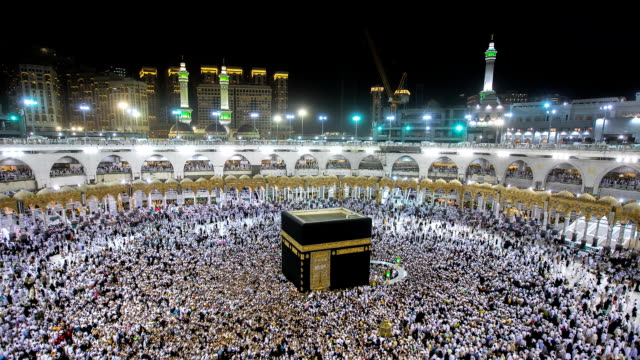The major pilgrimage of Hajj remains obligatory for every Muslim to perform. As the fifth and last pillar of the Islamic faith, millions of Muslims travel for the holy rituals annually with their hajj prices 2022.
Hajj rituals are only observed once a year during the month of Dhul Hijjah. The total days of hajj are five i.e., from the 8th of Dhul Hijjah to the 12th of Dhul Hijjah.
When does Hajj become obligatory?
When it comes to the obligation of hajj, Allah Almighty has made it obligatory on every Muslim who is able for it.
1.Possess the financial means to afford all of its hajj travel expenses i.e., accommodation, flights, visas, etc. While also, providing enough provisions for his family (if they aren’t accompanying along).
2.Is Mentally sane.
3.Has the physical ability for hajj rituals because they require a lot of physical activities to be performed by the pilgrims.
4.Travel independence is available i.e., there are no political/geographical restrictions imposed on him/her for hajj travel.
If and only all of these conditions satisfy, then hajj becomes obligatory to be performed once in a lifetime for such a person. It remains advised that whoever can afford Hajj by all means, should not delay its permeance.
Different types of Hajj Pilgrimage.
1.Hajj-al-Ifrad.
The simplest form of Hajj is Hajj-al-Ifrad and the person performing Hajj-ul-Ifrad is called ‘Mufrid’.
Pilgrims arriving for Hajj-ul-Ifrad enter into their Ihram with the only intentions of performing Hajj and this is done before passing through the Meeqat boundary.
In Hajj-al-Ifrad, pilgrims do not combine Hajj rituals with Umrah rituals i.e., making sure not to perform umrah in the months of Hajj.
2.Hajj-al-Qiran.
When Hajj and Umrah rituals are combined by a pilgrim it becomes Hajj-al-Qiran and the person performing it is called a ‘Qarin’.
In other words, a pilgrim intending to perform Hajj-al-Qiran assumes Ihram with the intention to accomplish the performance of Hajj pilgrimage as well as Umrah pilgrimage.
The right way of performing this pilgrimage is that the Qarin first wears Ihram for Umrah and then reassumes it for Hajj as well i.e., making his/her intentions for Hajj just before Tawaf of Hajj.
The obligations imposed on a pilgrim performing Hajj-al-Qiran are similar to the ones imposed on pilgrims performing Hajj-ul-Ifrad. However, the only exception is that the former must slaughter an animal whereas the latter is not obligated to do so.
3.Hajj-al-Tamattu.
For Hajj-al-Tamattu, pilgrims assume their Ihram for only Umrah rituals during the months of Hajj, and the pilgrim undertaking this type of Hajj is called a ‘Mutamatti’.
Upon arrival in Makkah, pilgrims undertaking Hajj-al-Tamattu perform Tawaf and Sayee for Umrah and then perform Qasr. Afterward, on the 8th of Dhul Hijjah, pilgrims put on their Ihram for Hajj and perform the rites and duties of Hajj.
All three forms of Hajj are exceptionally rewarding but the sunnah form of Hajj is Hajj-ul-Tamattu.




